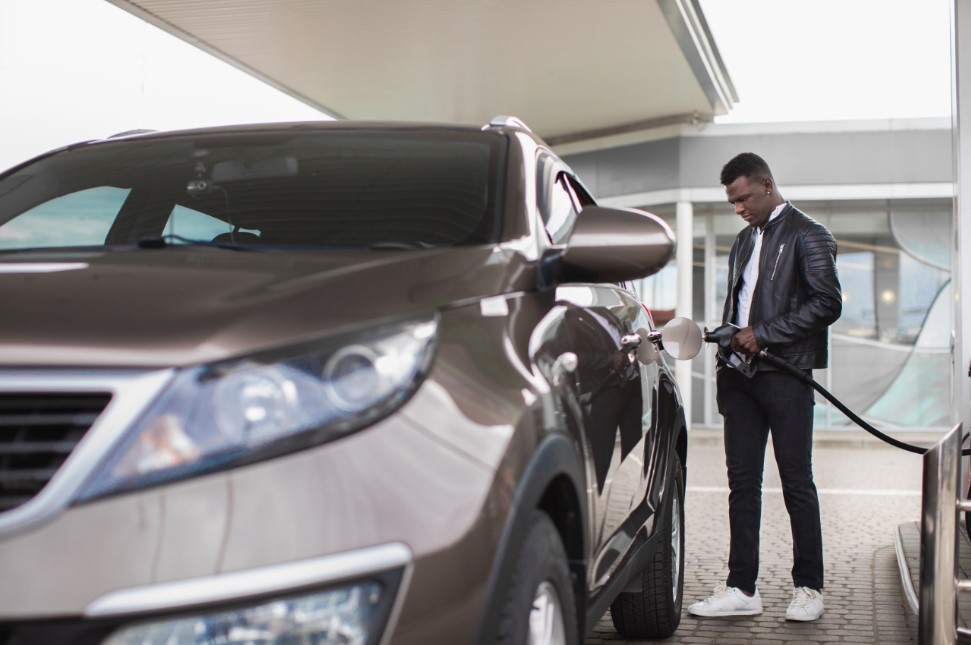
Are Pricey Replacement Brakes Worth It?
An optimal set of brake pads will last 30-50,000 miles. They wear out because the friction, which can be made of ceramic, metallic or organic material, wears off ever so slightly every time you apply the brakes. This lining is the part of the brake that presses against the rotor, causing enough pressure to slow down your vehicle.
Once you have made it through the brake pad that came with the original vehicle (often referred to as OEM pads), you must find a replacement pair. There’s also the matter of performance capacity to take into account. In today’s blog, we’ll discuss your brake pad installation options so you can stop in time, every time. You can think about wear, dust, noise, fade resistance and stopping power.
First, consider materials. You can select replacement pads of semi-metallic material for extreme conditions. Their ability to handle heat also makes them best for extensive use, so they won’t fail even if you keep your foot on the pedal for a long period. Look for a fair amount of noise and dustiness. At Christian Brothers of Arnold, our mechanics don’t recommend semi-metallics for most vehicles.
Organic pads are the next category. Great for comfort, they’re not the best for stopping power.
Replacement ceramic pads are next on the docket. Asbestos brake pads are not made anymore. These replacement pads are great for heat tolerance and fade resistance. They provide stopping friction a long time too. Beyond that, the dust they emit is a barely noticeable light gray. Watch out for really high heat, still.
Next we can discuss how they’re made. It’s the difference between glue, or molding. Original manufacturers mold the friction material and shim together under intense pressure.
For most aftermarket varieties, glue is the only adhesive. This may cause inconsistency over the life of the pad, or even breaks and cracks.
The friendly brake replacement team at Christian Brothers can explain the details. Call or come by an appointment anytime!

[1].jpg)
Sunwash-Tech-with-Customer.jpg)




